Home>diy>Architecture & Design>How To Design A House Exterior
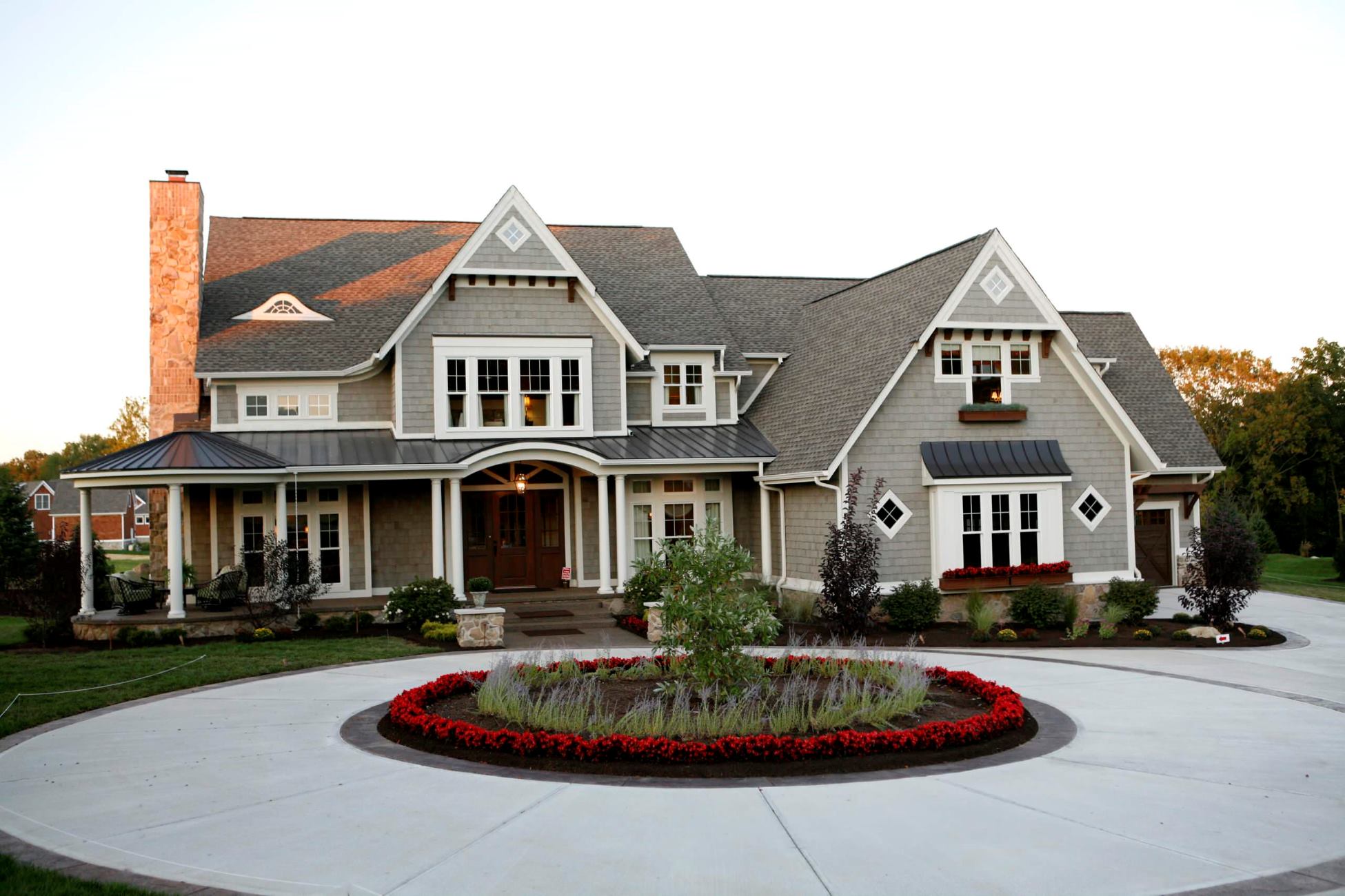

Architecture & Design
How To Design A House Exterior
Modified: January 15, 2024
Learn the best techniques and tips for designing a stunning house exterior with expert architecture design guidance. Enhance your curb appeal and create the perfect first impression.
(Many of the links in this article redirect to a specific reviewed product. Your purchase of these products through affiliate links helps to generate commission for Storables.com, at no extra cost. Learn more)
Introduction
Designing the exterior of a house is an exciting and important task. It sets the tone for the entire property and creates the first impression for visitors and passersby. Whether you are building a new house or renovating an existing one, the design choices you make for the exterior can greatly impact the overall aesthetic appeal and functionality of your home.
In this article, we will guide you through the process of designing a house exterior. From determining the style and selecting materials to choosing colors, finishes, and landscaping options, we will cover all the essential steps to create a visually pleasing and functional exterior.
Before diving into the design process, it is important to consider your personal preferences and the architectural style of your home. Are you aiming for a modern and minimalist look or a traditional and classic feel? Understanding your desired style will help streamline the decision-making process and ensure a cohesive design.
Additionally, keep in mind that the exterior of your house should be a reflection of your lifestyle and the surrounding environment. Factors such as climate, neighborhood, and local regulations may influence your design choices.
With a clear vision in mind, let’s dive into the step-by-step process of designing a house exterior.
Key Takeaways:
- Designing a visually appealing house exterior involves determining the style, selecting suitable materials, choosing colors and finishes, and incorporating architectural details to create a cohesive and inviting aesthetic that reflects personal preferences and the surrounding environment.
- Enhancing the beauty and functionality of a house exterior includes evaluating lighting options, planning landscaping to create a harmonious connection with the surroundings, incorporating outdoor living spaces for relaxation and entertainment, and focusing on curb appeal to make a positive first impression.
Step 1: Determine the Style
The first step in designing the exterior of your house is determining the style you want to achieve. The style will set the overall tone and aesthetic of your home, so it’s important to choose one that resonates with your personal preferences and complements the architecture of your house.
There are various architectural styles to consider, such as modern, contemporary, traditional, farmhouse, colonial, Victorian, and many more. Each style has its own unique characteristics and features. Take some time to research different styles and explore their key elements.
Consider the architectural style of your house and the surrounding neighborhood. If you have a Victorian-style house, for example, you may want to incorporate intricate details and ornate elements in the exterior design. On the other hand, if you have a modern-style house, clean lines and minimalist features might be more suitable.
It’s also important to think about the long-term implications of your chosen style. Will it stand the test of time or become outdated quickly? While it’s tempting to follow the latest trends, it’s essential to balance trendy elements with timeless design choices.
Additionally, consider how the chosen style will harmonize with your interior design. A cohesive flow between the exterior and interior can create a seamless and inviting living space.
Once you have determined the style, you can move on to the next step of selecting the exterior materials.
Step 2: Select Exterior Materials
Choosing the right exterior materials is crucial in creating a visually appealing and durable house exterior. The materials you select should not only complement the chosen architectural style but also be suitable for the climate and environment in which your house is located.
There are various materials to consider for different parts of the exterior, including the walls, roof, windows, doors, and accents. Let’s explore some popular options:
- Brick: Brick is a timeless choice that adds charm and character to any house. It is durable, low-maintenance, and comes in a variety of colors and textures.
- Wood: Wood siding gives a warm and natural look to a house exterior. It can be painted or stained to achieve the desired color and style.
- Stone: Stone cladding adds a luxurious and elegant touch to a house. It is available in various types, such as granite, limestone, and faux stone.
- Fiber Cement: Fiber cement siding is a durable and versatile option that mimics the look of wood or masonry. It is resistant to rot, insects, and fire.
- Metal: Metal siding, such as steel or aluminum, provides a sleek and modern appearance. It is lightweight, durable, and requires minimal maintenance.
- Stucco: Stucco is a popular choice for Mediterranean or Spanish-style houses. It is a cement-based material that creates a smooth and plaster-like finish.
For the roof, options include asphalt shingles, metal roofing, clay tiles, slate, or even a living green roof. Consider the durability, aesthetics, and energy efficiency of each material.
Windows and doors can be made of various materials, such as wood, vinyl, aluminum, or fiberglass. Consider the style, functionality, and energy efficiency of these components.
Lastly, pay attention to the accents and trims. These include elements such as fascia boards, gutters, shutters, and decorative moldings. Choose materials that complement the overall design and enhance the architectural style of your house.
Overall, selecting the right exterior materials is a key step in creating a visually appealing and durable house exterior. Consider the style, climate, and maintenance requirements when making your choices.
Step 3: Choose Colors and Finishes
Choosing the right colors and finishes for the exterior of your house can greatly impact its overall aesthetic appeal and create a harmonious visual effect. The colors and finishes you select should complement the architectural style, materials, and the surrounding environment.
First, consider the color palette. Start by looking at the existing colors in your neighborhood and the natural surroundings. Take into account any local regulations or homeowner’s association guidelines that may dictate color choices.
When selecting colors, you have several options:
- Monochromatic: Choose various shades of a single color for a sophisticated and cohesive look.
- Analogous: Select colors that are next to each other on the color wheel for a harmonious and calming effect.
- Complementary: Pair colors that are opposite each other on the color wheel for a bold and eye-catching contrast.
- Neutral: Opt for neutral colors like white, beige, or gray for a timeless and versatile look.
Consider the relationship between the colors of the exterior materials, such as the siding, roof, and trim. They should work together to create a cohesive and visually pleasing composition.
In addition to colors, think about the finishes of the exterior materials. For example, a matte finish can create a more subtle and elegant look, while a glossy finish can add a touch of modernity and reflectivity.
Keep in mind that colors and finishes can significantly impact the energy efficiency of your home. Darker colors tend to absorb more heat, while lighter colors reflect it. Consider the climate in your area when selecting colors to optimize energy efficiency.
Lastly, take into consideration any architectural details or features of your house that you want to highlight. Different colors and finishes can accentuate these elements and provide visual interest.
Overall, choosing the right colors and finishes is an important step towards creating a visually appealing and cohesive exterior design for your house. Consider the style, materials, environment, and energy efficiency when making your selections.
Step 4: Consider Architectural Details
Architectural details play a crucial role in adding character, charm, and visual interest to the exterior of your house. These details can elevate the overall design and make a significant impact on the curb appeal of your home. When considering architectural details, there are several elements to keep in mind.
Start by examining the existing architectural features of your house. Look for unique characteristics, such as decorative trims, cornices, gables, or bay windows. These elements often reflect the architectural style of your home and can be accentuated or enhanced to create a cohesive and visually appealing design.
If you are building a new house or have the flexibility to modify existing features, consider adding architectural details that fit the style and enhance the overall design. Some popular architectural details to consider include:
- Columns and Pillars: These can add elegance and grandeur to the entrance or front porch of your house.
- Archways: Archways can create a sense of depth and add a touch of sophistication to the exterior.
- Trim and Molding: Decorative trim and molding can accentuate the architectural features and create a polished look.
- Window Shutters: Adding shutters can bring depth and visual interest to the windows.
- Ornamental Fences and Gates: These can create a distinct and charming boundary for your property.
- Porch Railings: Choose porch railings that complement the architectural style and provide safety and aesthetics.
When incorporating architectural details, it’s important to maintain a balance and avoid overwhelming the design. Look for subtle and complementary details that enhance the overall aesthetic without overpowering the architecture.
Additionally, consider the scale and proportion of the architectural details in relation to the size and style of your house. Elements that are too small or too large can create an unbalanced and disjointed appearance.
The choice of materials for architectural details is also essential. Consider matching or contrasting materials that enhance the visual impact and durability of the features.
By carefully considering and incorporating architectural details, you can create a unique and visually appealing exterior for your house that truly stands out.
When designing a house exterior, consider the overall style and architecture of the home, as well as the surrounding environment. Choose materials and colors that complement the landscape and neighborhood for a cohesive and visually appealing look.
Read more: How To Clean Exterior House Brick
Step 5: Evaluate Lighting Options
The right lighting can greatly enhance the beauty and functionality of your house exterior. It adds a warm and inviting ambiance, ensures safety and security, and highlights architectural features. When evaluating lighting options for your house, there are several factors to consider.
Start by assessing the different areas that require lighting. These may include the entrance, pathways, driveways, patio or deck, and landscaping features. Determine the purpose of each area and the type of lighting that best suits it.
For the entrance, consider installing a focal point light fixture such as a pendant light or wall sconces. These lights not only illuminate the entrance but also create a welcoming feel and enhance the curb appeal.
Pathway lighting is important for safety and aesthetics. Consider low-voltage pathway lights that can be installed along the walkway and highlight the path at night. Solar-powered lights are also a sustainable and cost-effective option.
For outdoor living spaces, such as a patio or deck, consider installing task lighting to provide functional lighting for activities such as grilling or dining. Additionally, incorporate ambient lighting options such as string lights or post lights to create a cozy and intimate atmosphere.
Architectural features and landscaping can be accentuated with various lighting techniques. Use uplights to highlight tall trees or architectural details. Install well lights or ground lights to illuminate the facade or specific areas of the house. Consider using colored lights for a dramatic effect or to complement the surroundings.
When selecting lighting fixtures, think about the style and architectural design of your house. Choose fixtures that complement the overall aesthetic and enhance the visual appeal. Consider the materials, finishes, and shapes of the fixtures to ensure they blend seamlessly with the exterior.
It’s also important to consider the practical aspects of the lighting. Opt for energy-efficient LED lights to save on electricity costs and reduce environmental impact. Install a timer or motion sensor to automate the lighting and improve security.
Finally, create a lighting plan that combines different types of lighting fixtures, intensities, and angles for a layered and cohesive look. Experiment with different lighting techniques to achieve the desired effect.
By evaluating your lighting options and carefully planning the placement and type of fixtures, you can transform your house exterior into a beautifully illuminated space that is both functional and visually appealing.
Step 6: Plan Landscaping
Landscaping plays a vital role in enhancing the beauty and overall appeal of your house exterior. It provides a harmonious connection between your home and the surrounding environment, adding color, texture, and natural elements. When planning your landscaping, there are several factors to consider.
Start by assessing the size and layout of your outdoor space. Consider how you want to utilize the space and what elements you want to incorporate, such as a garden, lawn, trees, shrubs, or hardscape features.
Take into account the climate and the specific needs of the plants you want to include in your landscape. Choose plants and trees that are suitable for your region and thrive in the prevailing weather conditions. Consider factors such as sunlight exposure, soil type, and water availability.
When selecting plants, consider the architectural style of your house and the desired aesthetic. For traditional styles, consider symmetrical and structured plant arrangements. For modern styles, go for clean lines and minimalistic plant choices.
Introduce a variety of plants with different heights, textures, and colors to create visual interest and depth. Use trees and shrubs to provide shade, privacy, and a sense of scale. Incorporate flowering plants to add bursts of color and attract pollinators.
In addition to plants, consider hardscape elements such as pathways, patios, decks, and water features. These elements can provide functional spaces for relaxation and entertainment while adding structure and visual appeal to the landscape.
When designing your landscape, think about the proportion and balance of the elements. Create focal points to draw attention and guide the eye throughout the space. Incorporate curves and flowing lines to soften the overall design.
Ensure that there is a seamless transition between the house and the landscape by incorporating effective landscaping techniques. Use plants and shrubs to soften the edges of the house and blend it into the natural environment.
Consider the maintenance requirements of your landscape. Choose low-maintenance plants and automate irrigation systems to minimize upkeep. Place plants strategically to allow for growth and prevent overcrowding.
Regularly evaluate and adapt your landscaping as plants grow and change over time. Prune and trim plants to maintain their shape and health.
Overall, the key to successful landscaping is careful planning and thoughtful consideration of the elements. By incorporating plants, hardscapes, and a cohesive design, you can create a stunning and inviting outdoor space that complements the beauty of your house exterior.
Step 7: Incorporate Outdoor Living Spaces
Incorporating outdoor living spaces into your house exterior design can dramatically enhance your quality of life and provide additional areas for relaxation, entertainment, and recreation. With a well-designed outdoor living space, you can extend your living area beyond the confines of your house and create a seamless transition between indoor and outdoor environments. When planning your outdoor living spaces, there are several factors to consider.
First, determine the purpose and function of the outdoor space. Are you looking to create an outdoor dining area, a lounge space, or a combination of both? Will you need space for activities such as grilling, gardening, or playing? Understanding how you plan to use the space will help you make decisions regarding layout, furniture, and amenities.
Consider the size and layout of your outdoor area. If you have a large space, you have more freedom to incorporate different zones for various activities. For smaller spaces, focus on maximizing functionality and utilizing space-saving furniture and design elements.
Next, evaluate the level of privacy you desire. Depending on your surroundings and personal preferences, you may want to incorporate privacy screens, hedges, or pergolas to create a more secluded and intimate outdoor space. These elements can also serve as a backdrop for vertical gardens or climbing plants.
Select suitable furniture that is weather-resistant and comfortable. Consider materials like aluminum, wicker, or teak, which can withstand outdoor conditions. Choose cushions and upholstery that are designed for outdoor use and easy to clean.
Incorporate shade structures such as pergolas, umbrellas, or retractable awnings to provide relief from the sun. Consider the direction of the sun throughout the day and how it will affect the comfort of your outdoor space.
Lighting is essential for creating a warm and inviting atmosphere in your outdoor living areas. Incorporate ambient lighting options such as string lights, lanterns, or landscape lighting to extend the usability of the space into the evening hours.
Finally, consider adding amenities that enhance the functionality and enjoyment of your outdoor spaces. This could include an outdoor kitchen or grilling area, a fire pit or fireplace, a water feature, or even an outdoor audio system for entertainment.
By incorporating these outdoor living spaces, you can create an oasis in your own backyard, providing a seamless connection between indoor and outdoor living and maximizing your enjoyment of your house exterior.
Step 8: Think about Curb Appeal
When designing the exterior of your house, it’s important to consider the concept of curb appeal. Curb appeal refers to the attractiveness and aesthetic appeal of your property when viewed from the street. It sets the stage for a positive first impression and can greatly impact the value and desirability of your home. When thinking about curb appeal, there are several elements to consider.
Start by assessing the condition of your house exterior. Consider any repairs or maintenance that may be needed, such as painting, siding repairs, or roof replacement. Ensuring that your house is in good condition is a key step in enhancing its curb appeal.
Paying attention to the details can make a big difference in curb appeal. Make sure that windows, doors, and trim are clean and well-maintained. Replace any worn-out or damaged hardware, such as door handles or mailbox, to give a polished and fresh look.
Landscaping plays a significant role in curb appeal. Ensure that your lawn is well-manicured, with defined edges and regular mowing. Trim trees and shrubs, remove any weeds or overgrown plants, and add fresh mulch or rocks to flower beds. Consider adding some colorful flowers or plants to create visual interest and add a pop of color.
Lighting is another important aspect of curb appeal. Ensure that outdoor lights are in good working condition and strategically placed to highlight key architectural features. Consider adding pathway lighting or spotlights to showcase your landscaping and create a welcoming ambiance.
Pay attention to the cleanliness of your exterior. Power wash your house and driveway to remove dirt and grime. Clean windows inside and out to allow natural light to filter through and enhance the overall appearance of your home.
Consider adding decorative elements that complement the style and architecture of your house. This could include a welcoming front door with a pop of color, decorative shutters, or window boxes with vibrant flowers. These small touches can create a sense of charm and personality.
Lastly, take a step back and view your house from the street with a critical eye. Consider how all the elements work together and make adjustments as needed. Aim for a cohesive and balanced look that reflects your personal style while also appealing to a wider audience.
By thinking about curb appeal and focusing on the details, you can create a visually appealing and welcoming house exterior that catches the attention of passersby and potential buyers.
Read more: What Grit Sandpaper For Exterior House
Conclusion
Designing the exterior of your house is an exciting and creative process that allows you to bring your vision to life. By following the steps outlined in this article, you can create a visually appealing, functional, and inviting house exterior that leaves a lasting impression on visitors and neighbors.
Starting with determining the style of your house, you can ensure that the exterior design is cohesive and in line with your personal preferences and the surrounding environment. Selecting the right materials, colors, and finishes will contribute to the overall aesthetic appeal and durability of your home.
Architectural details add character and charm to the exterior and provide an opportunity for customization. Lighting options enhance the ambiance and functionality of outdoor spaces, while thoughtful landscaping can transform your yard into a captivating oasis.
Incorporating outdoor living spaces will not only extend your living area but also create seamless indoor-outdoor transitions for relaxation and entertainment. Lastly, paying attention to curb appeal ensures that your house makes a positive first impression and stands out in the neighborhood.
Remember that the key to successful exterior design lies in finding a balance between your personal style, the architectural features of your house, and the surrounding environment. By considering these factors and following these steps, you can create a visually stunning and inviting house exterior that reflects your unique taste and lifestyle.
So go ahead, unleash your creativity, and design the house exterior of your dreams!
Frequently Asked Questions about How To Design A House Exterior
Was this page helpful?
At Storables.com, we guarantee accurate and reliable information. Our content, validated by Expert Board Contributors, is crafted following stringent Editorial Policies. We're committed to providing you with well-researched, expert-backed insights for all your informational needs.
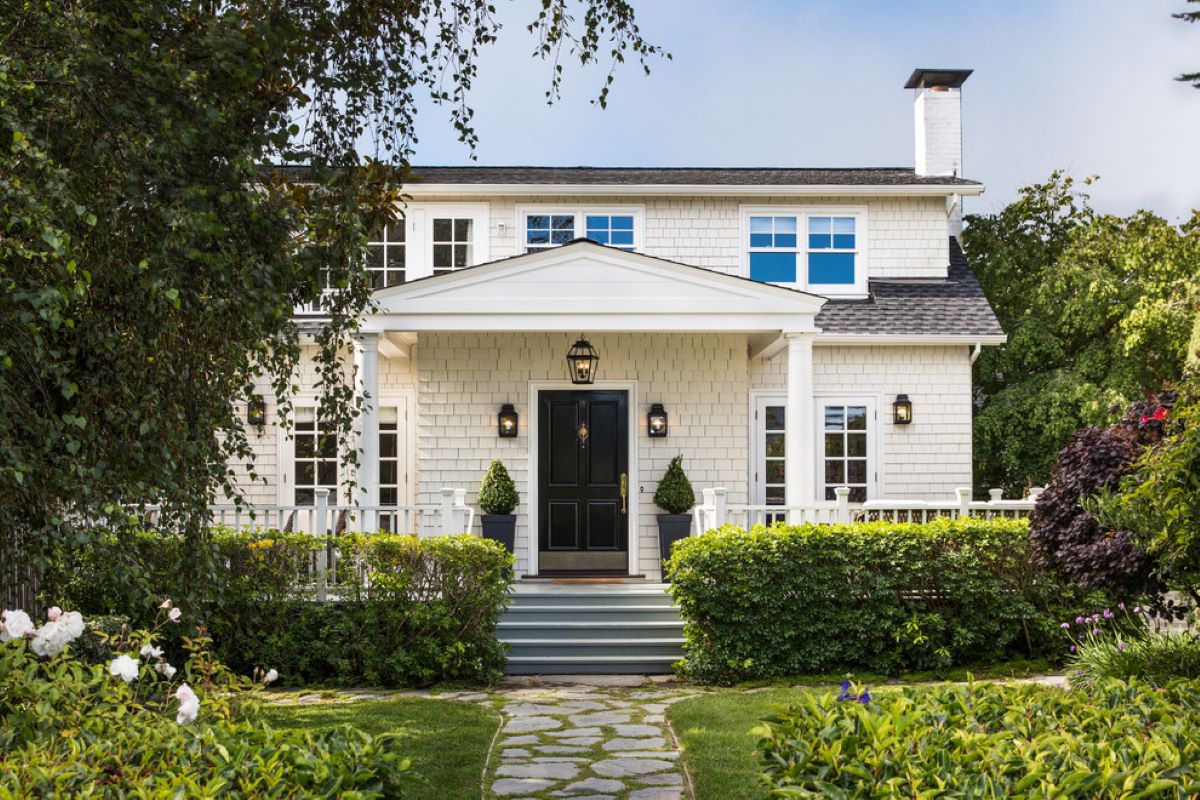
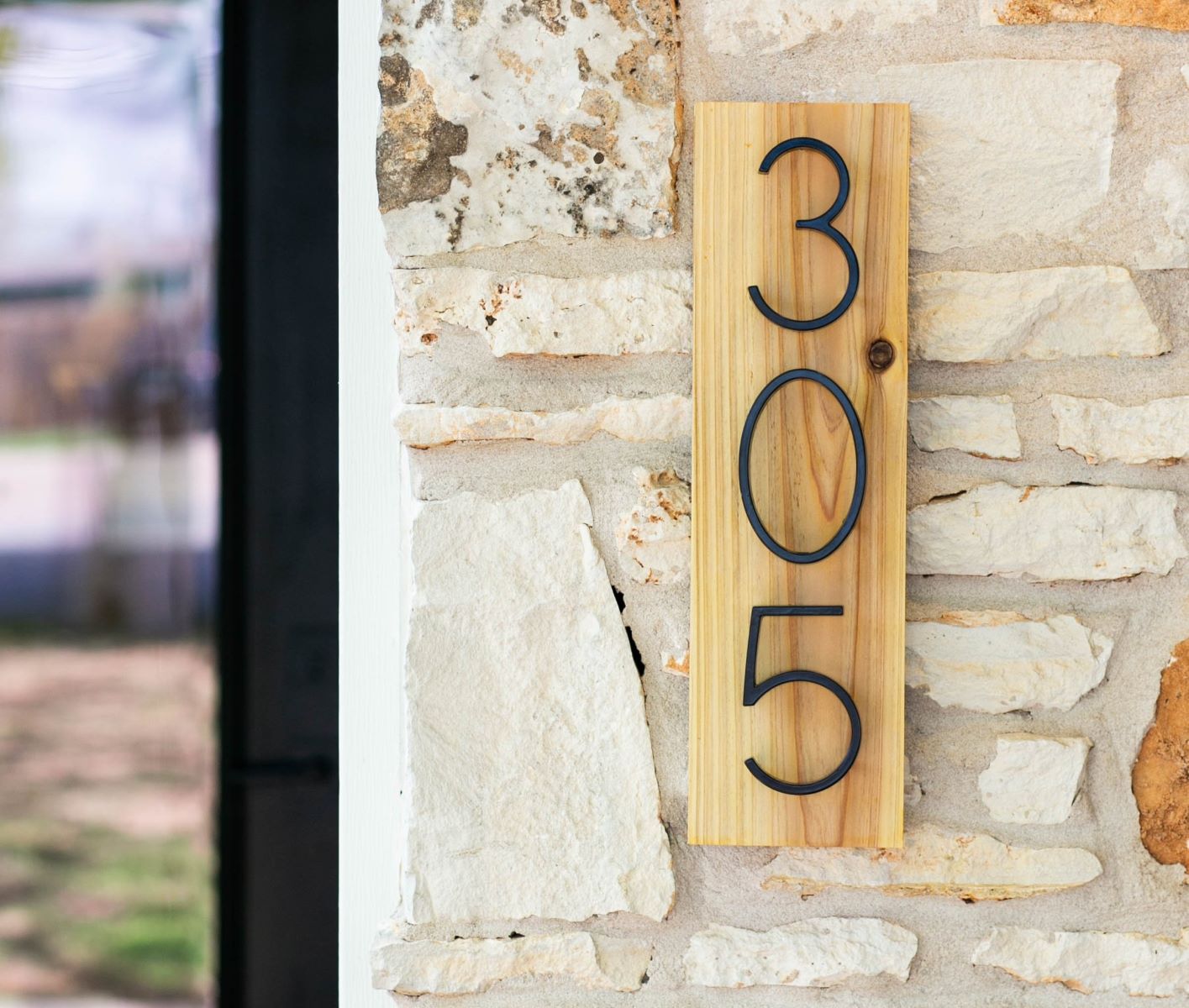
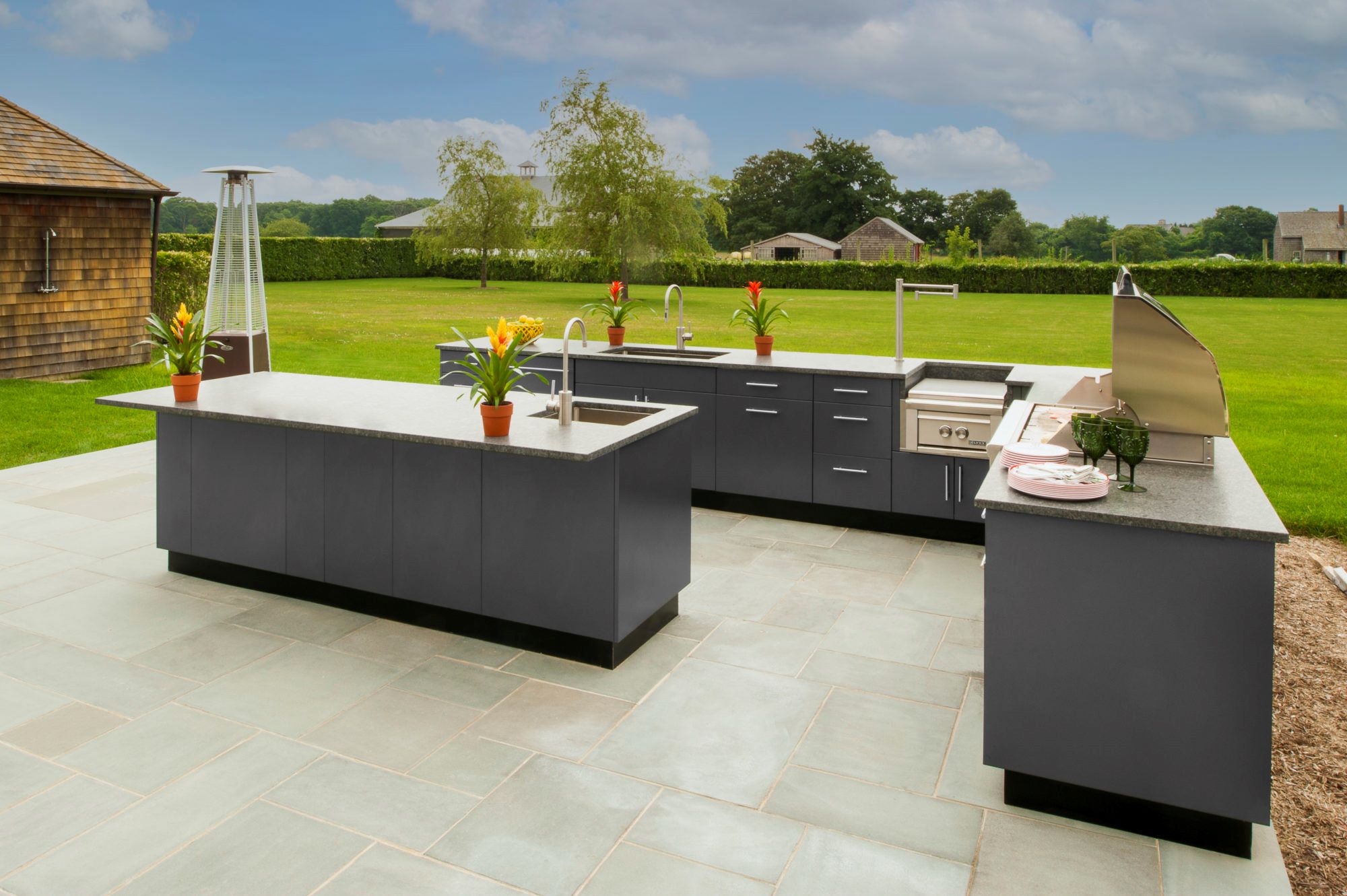

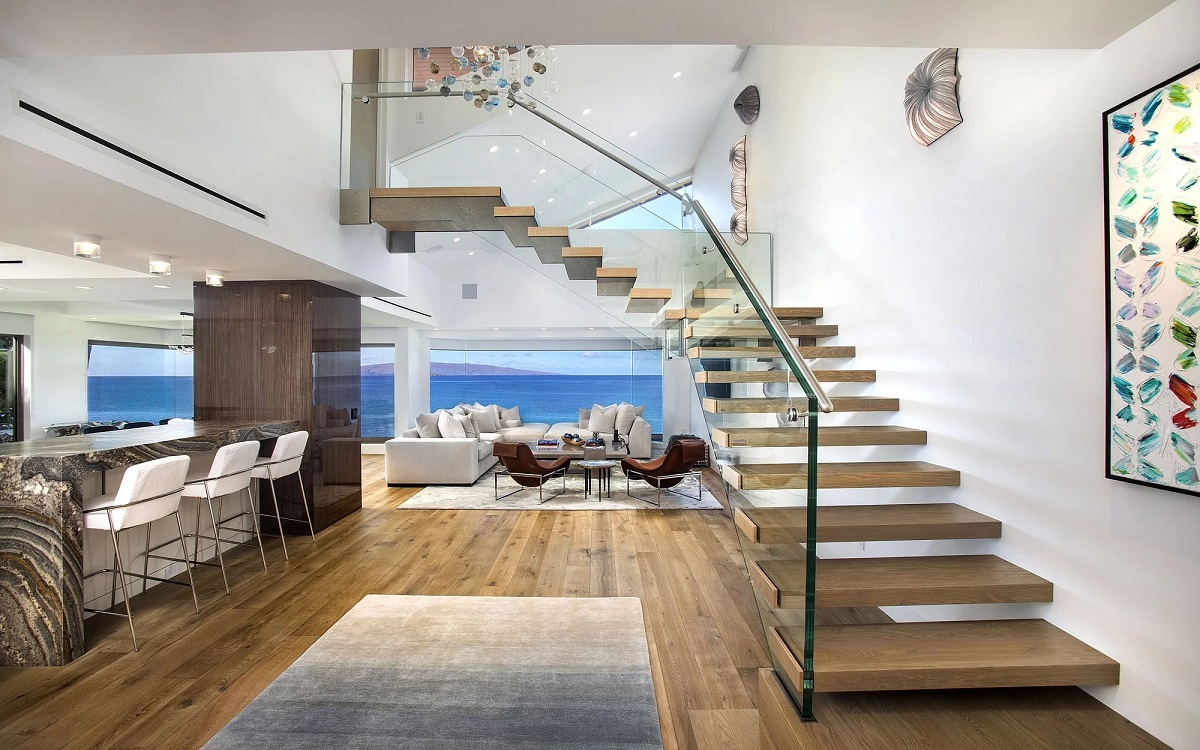

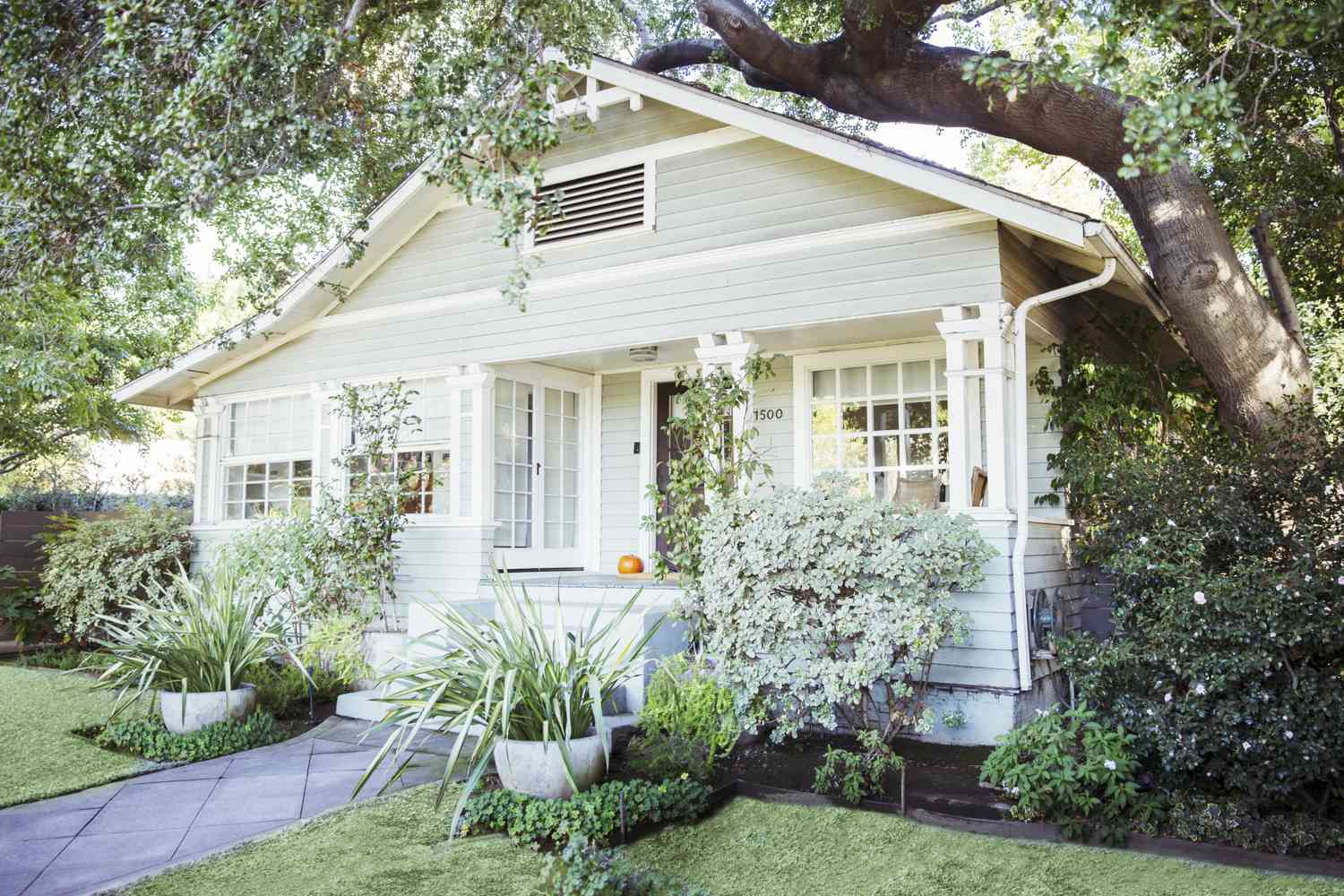

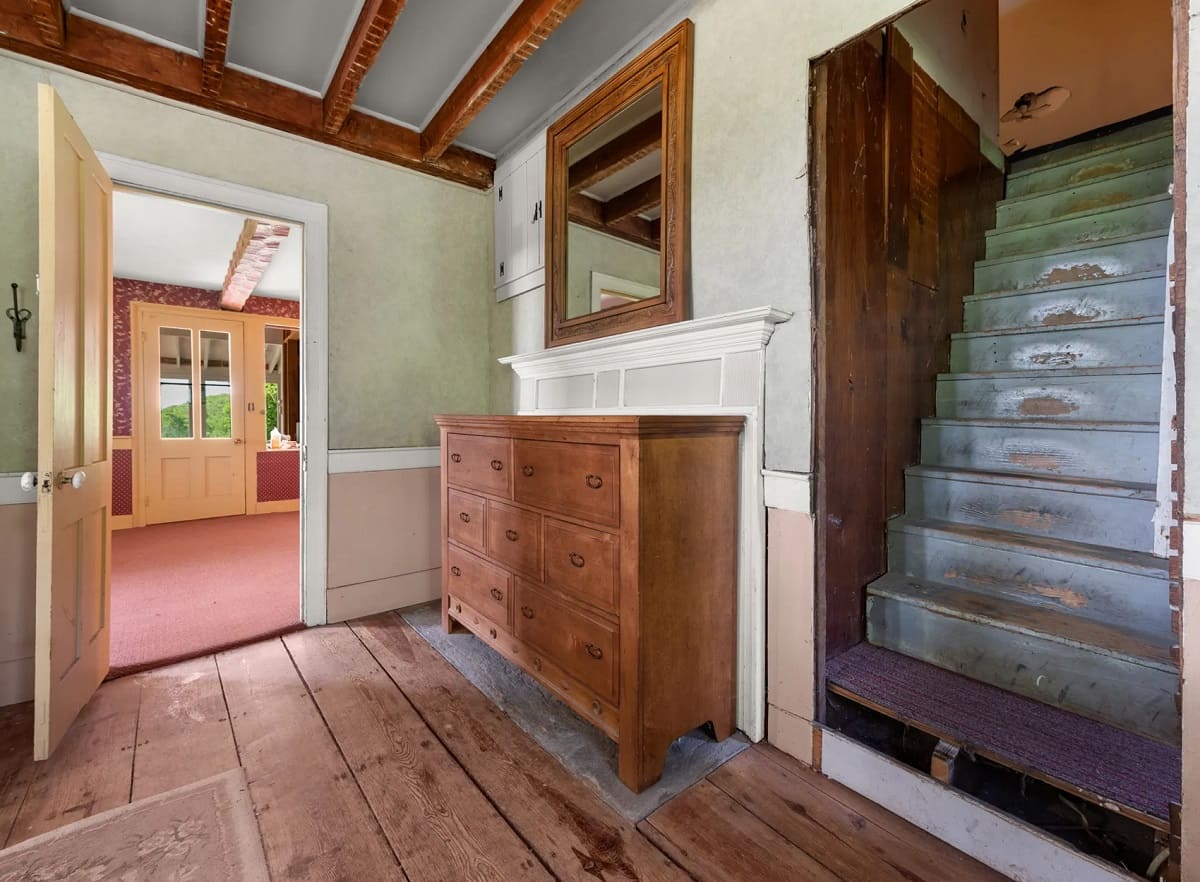
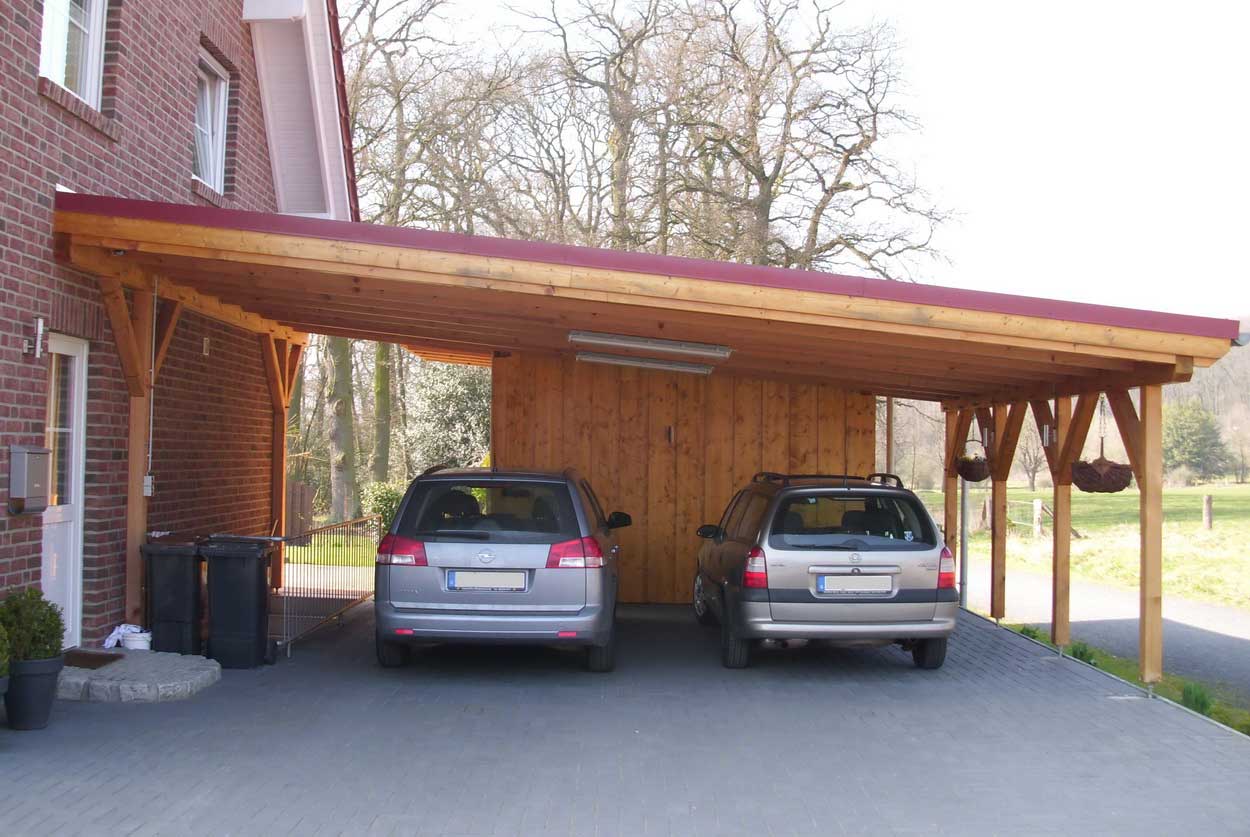
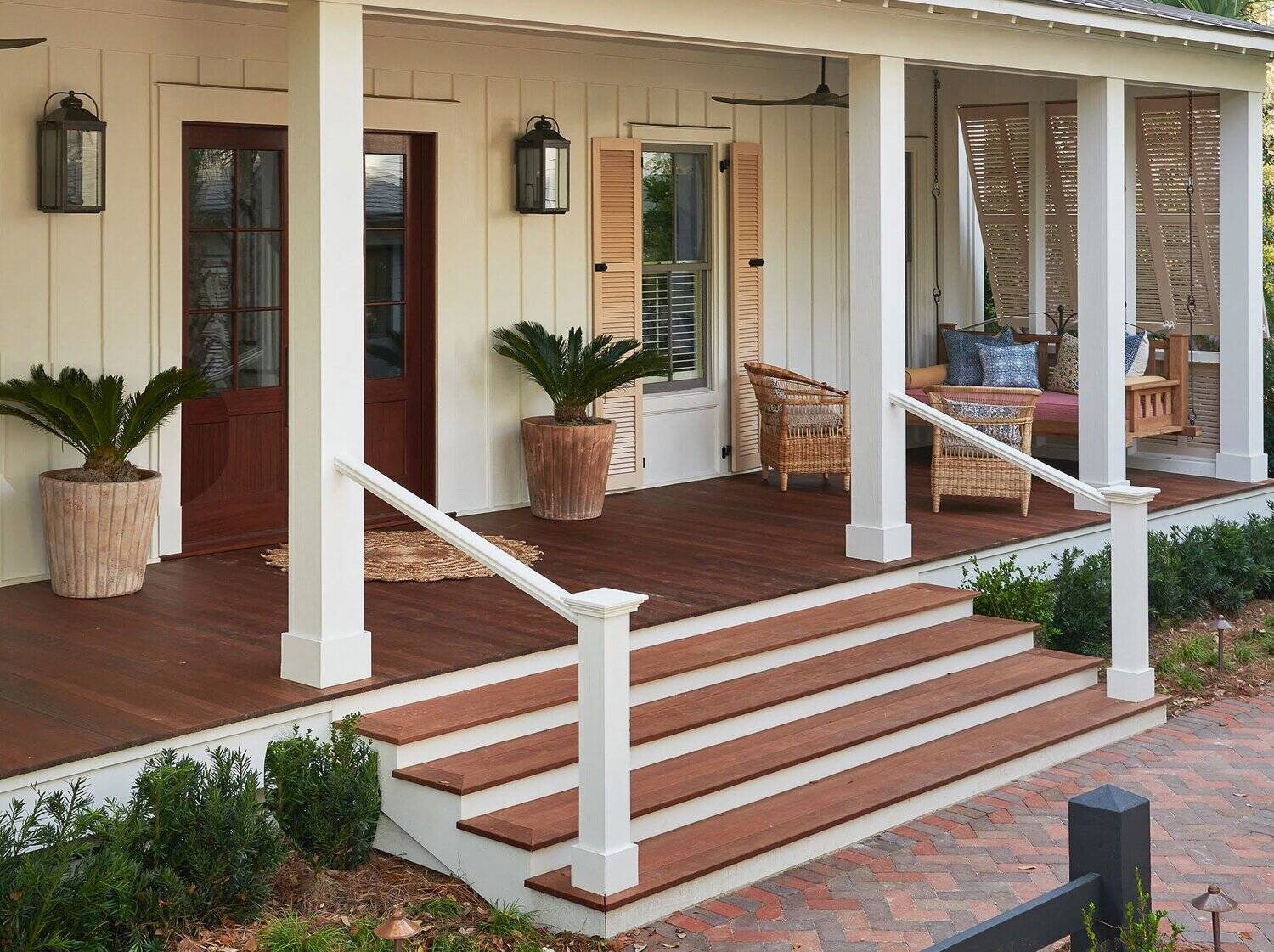
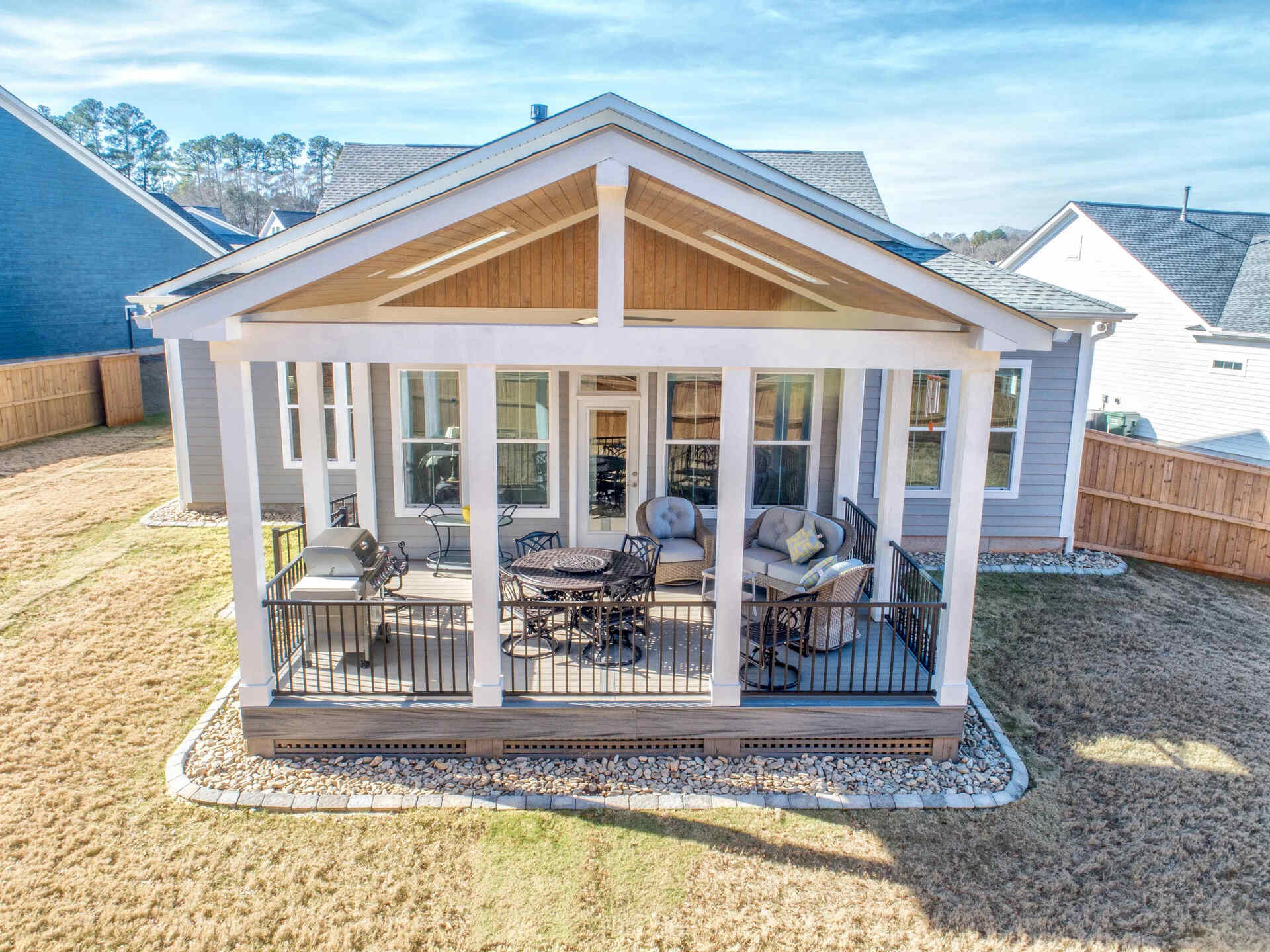
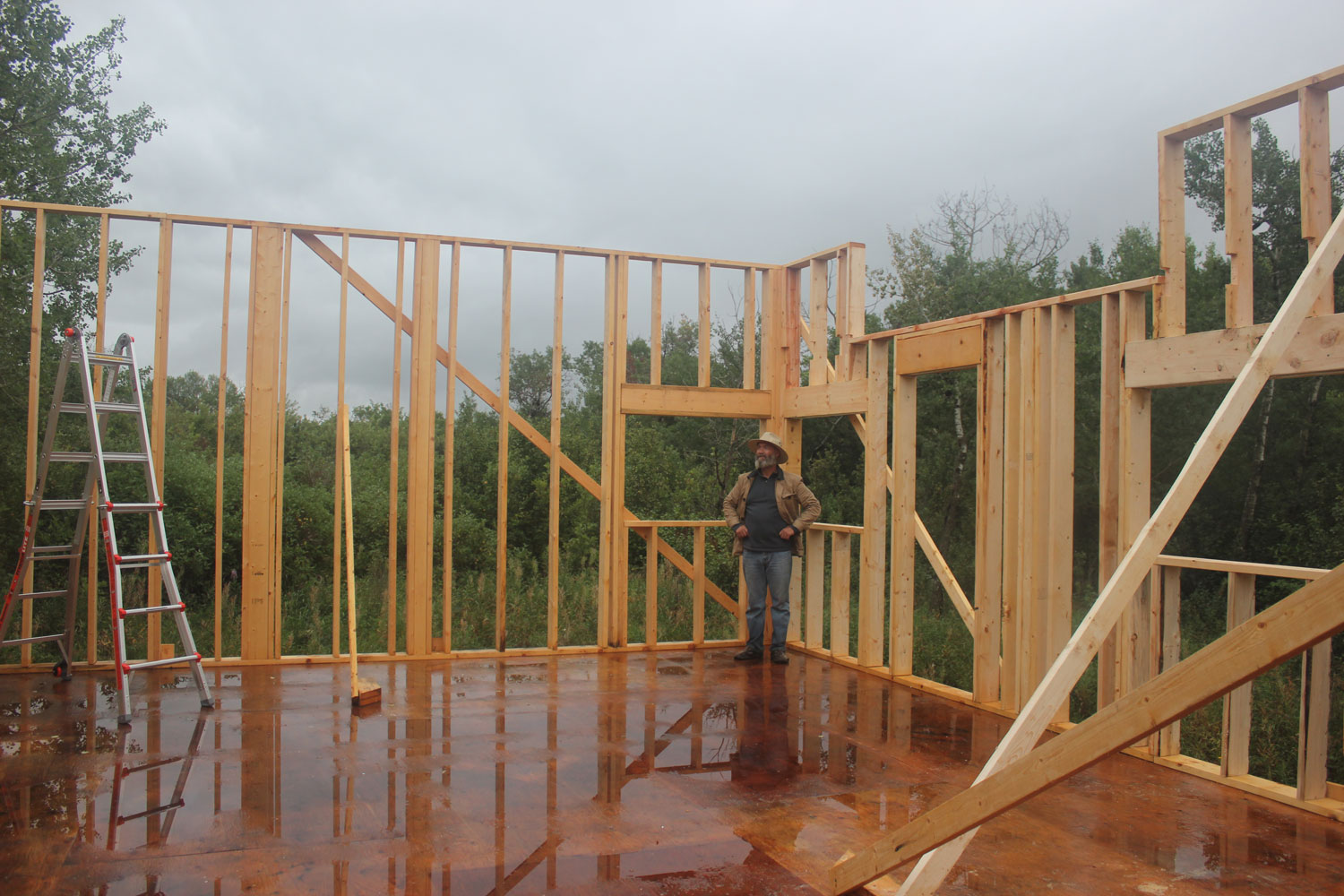

0 thoughts on “How To Design A House Exterior”